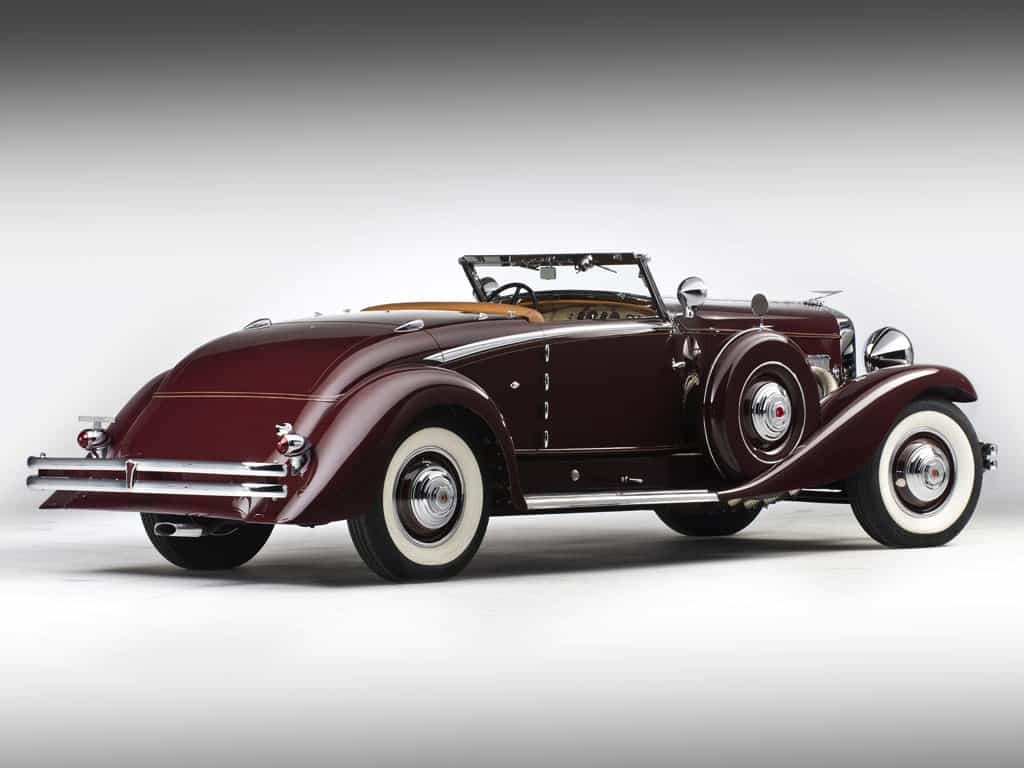Baseball Hall of Famer Joe Morgan died on Sunday at the age of 77. My condolences to his family.
When I was a teenager and into my 20s, I was a huge fan of Morgan. Games like APBA and Strat-O-Matic taught me what a valuable player he was. However, when he became a broadcaster after he retired as a player I was not a fan of his at all.
When it came to analytics, Morgan was an antediluvian. He railed against “Moneyball” even though he never read the book and even kept insisting that Billy Beane had written it, although, of course, the book was written by Michael Lewis.

I was going to quote some of Morgan’s narrow-minded and bitter diatribes against the use of statistical analysis, about how only people who played the game can really know the game, but I decided that would be a waste of space. Besides, despite the widespread use of analytics now in everything from baseball to beer, I heard many of the same things from many people in my early days working in baseball.
One of the reasons for my bitterness is that, essentially, I was right and almost all of the rest of the world was wrong and yet I am the one forgotten today. Remember what that salutation from Michael Lewis says on my copy of Moneyball, “For [me], Who led the way.” Inspired by Bill James, but knowing the value of data long before I ever heard of Bill or read The Baseball Abstract, I was sure that data existed and could exist that would help baseball teams make better decisions.
As has been pointed out by others, a real irony exists in Morgan’s extreme “distaste” for analytics. It is from more modern analysis and understanding that “traditional” metrics didn’t tell the whole story that Morgan has vaulted to the top of the list of “modern era” second basemen.
Anyway…I have tried to be restrained in telling this story. From APBA Blog a picture of Joe Morgan’s APBA card representing his 1976 season, the second of his two consecutive MVP seasons with the Reds.

******************
While watching a show on Motor Trend with my wonderful wife (I think the show was Bitchin’ Rides) I wondered aloud about what my father would think of modern advances in automobiles, specifically 3-D printing. Of course, I will never know as he has been dead for more than a quarter century.
I think 3-D printing could revolutionize repair and restoration of cars. In fact, I think it already has. From a post on archer-soft.com:
Core applications of additive manufacturing (AM) in the automotive industry
| Design and concept of communication | High detail, smooth and accurate 3D printed scale models are very often used in the automotive industry to demonstrate designs and concepts of new vehicles. The reason is simple – using CAD models alone is not effective enough to define possible design problems. Such models are also used for the aerodynamic testing of new models. |
| Prototyping validation | Like in many other industries, prototyping is a very important part of the manufacturing process in the automotive sector. 3D printing allows for rapid prototyping in the pre-manufacturing stage. Using AM now is one of the most popular ways to validate a prototype – from a small quickly printed detail to a high detail full-scale part suitable for performance validation and testing. |
| Preproduction sampling and tooling | The specialists of 3D hubs regard this application as the most promising. 3D printing can be used to make molds and thermoforming tools, rapid manufacturing of grips, jigs, and fixtures. This allows automakers to produce samples and tools at low costs and to eliminate future losses in production when investing in high-cost tooling. |
| Customized parts | Additive manufacturing is used by automotive enterprises to tailor the parts to specific vehicles (making them custom and lightweight) or even drivers (e.g. seats for racing cars). This is especially useful when the cost of such unique components is justified by a substantial improvement in vehicle performance. |
As we see, 3D printing can be a key to car model evaluation and cost-saving for automakers.
Many restorations are hampered by lack of parts for older cars. It seems as though 3-D printing could fill much of that void. I guess some “purists,” people whose views are similar about cars to what Joe Morgan’s were about baseball, would argue that using a 3-D printed part ruins an original car. I would ask that if a restoration of a classic car is being held up by the unavailability of five parts, parts that can be created using 3-D printing, should the restoration never be completed? Below is a picture of a car where this question could be relevant, a 1935 Duesenberg Model SJ convertible.

So, what do you think? Would it be OK to finish a restoration of a car like this using 3-D printed parts?
#It’sTuesday
#JoeMorgan
#MichaelLewis
#3-DPrintingAndCars
#1935Duesenberg
#somanycarsjustonelife
#disaffectedmusings
If you like this blog please tell your friends and share the blog URL (https://disaffectedmusings.com). Thanks.